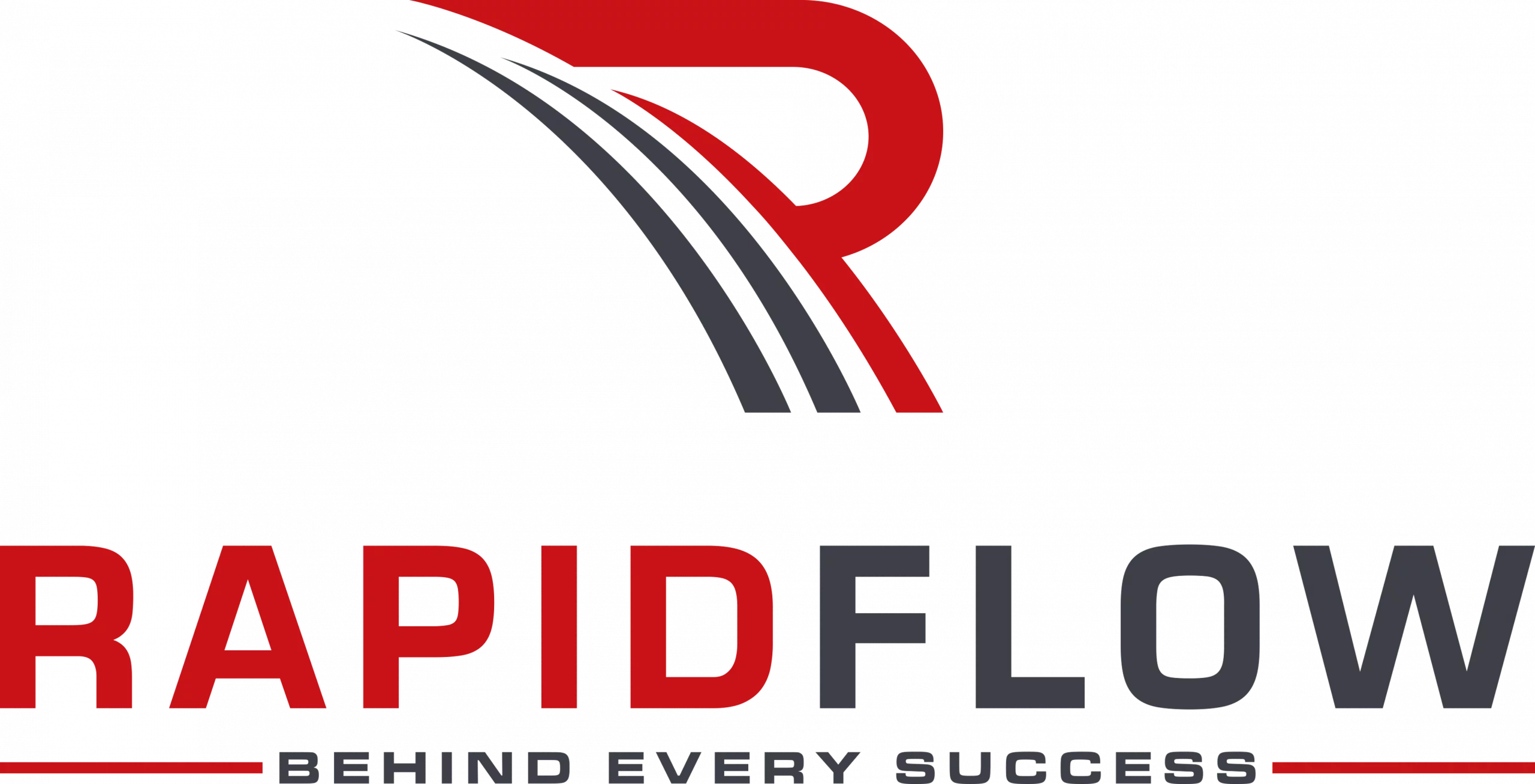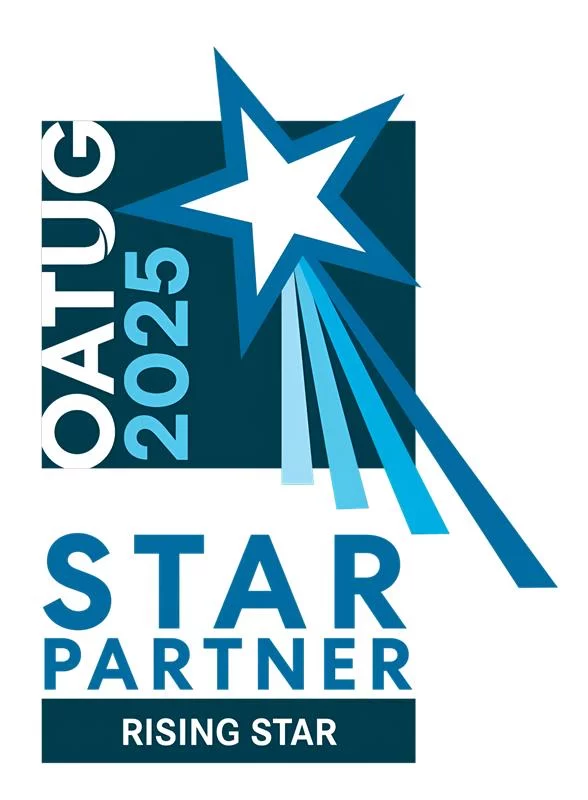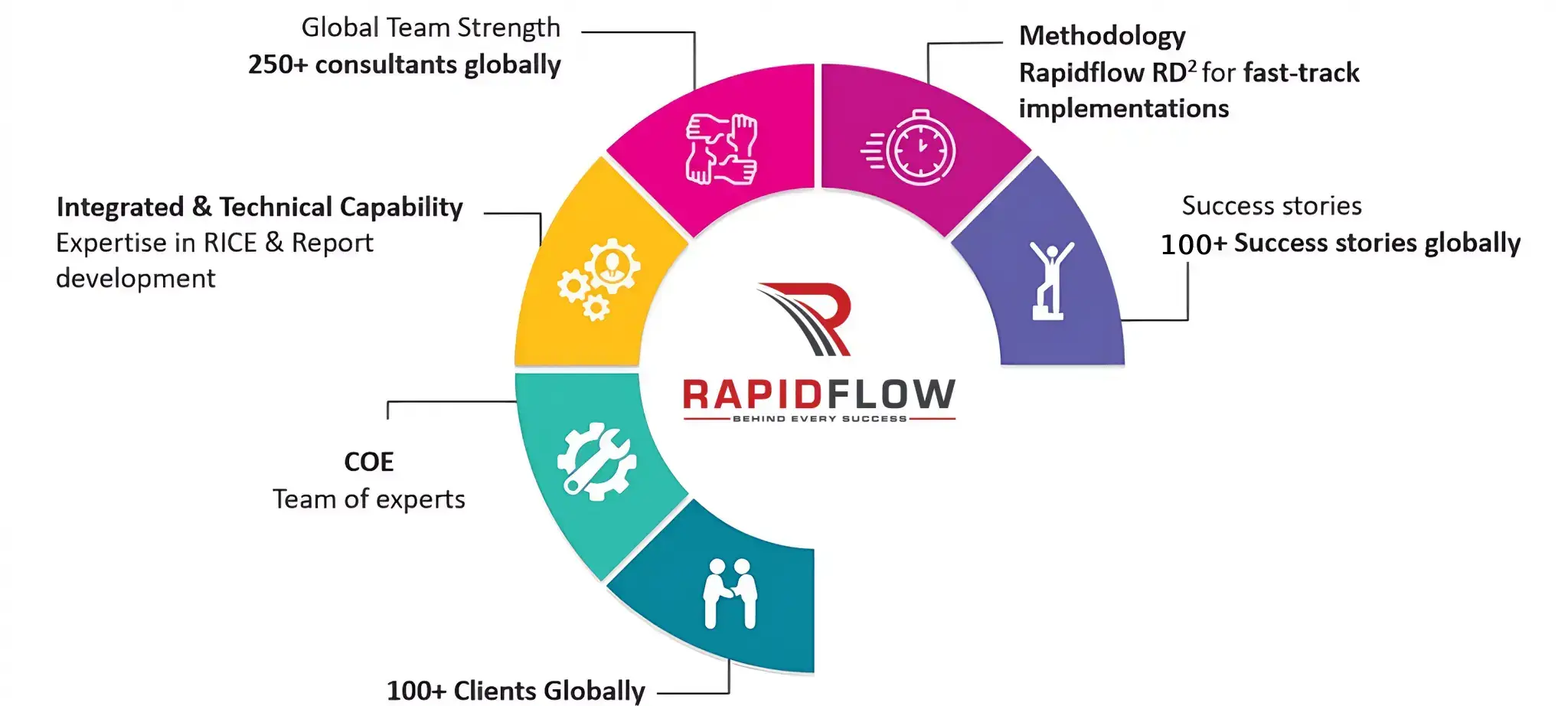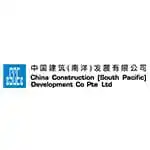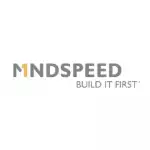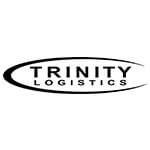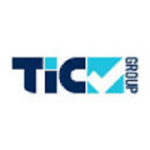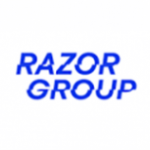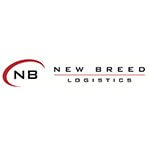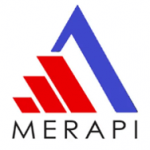
Unlocking the Power of Gen AI in Oracle EPM Narrative Reporting
Introduction- Unlocking the Power of Gen AI Oracle’s integration of Gen AI into Narrative Reporting enables finance teams to automate report commentary, enhance data storytelling, and reduce manual effort in producing management reports. With AI-powered narrative generation, businesses can turn complex financial data into actionable insights. What is Gen AI in Narrative Reporting? Generative AI (GenAI) in Oracle Narrative Reporting uses machine learning models to automatically generate text-based explanations, summaries, and insights from financial data. How it Works: Generative AI Workflow Key Value & Benefits AI interprets structured data and generates professional narratives for finance reports, reducing human effort and ensuring consistency. Key Capabilities & Business Benefits Auto-generate commentary Saves time and improves efficiency Smart summarization Reduces noise and focuses on insights Real-time narrative refresh Keeps content updated with latest data Context-aware explanations Highlights reasons behind variances or trends Multilingual generation (NLG) Supports global reporting and compliance Use Cases for Gen AI in Reporting Getting Started with Gen AI Best Practices: Begin with high-impact reports (e.g., P&L, Variance). Always review generated content before publishing. Align narratives with organizational tone and policy. Gather feedback to improve accuracy and relevance of AI outputs. Test Case- Summary How Oracle Gen AI Narration Works with POV Navigation Navigating POV updates the data viewYear, entity, segment selection changes the displayed data Gen AI analyzes the displayed data dynamically Processes the current view in real-time Uses Conditional Text to generate AI-driven narration Creates context-specific commentary for selected data Narration rewrites automatically with each POV change Ensures commentary always matches current view Provides real-time, tailored summaries Highlights key trends and figures relevant to selection As you navigate and select different POVs, Oracle Gen AI dynamically rewrites the narrative to match the current data, providing clear, instant explanations without manual effort. Here are a few additional examples listed below Revenue Reports: All segments Net Revenue for the year 2024 All segments Net Revenue for the year 2025 Electronics, Net Revenue for the year 2025
